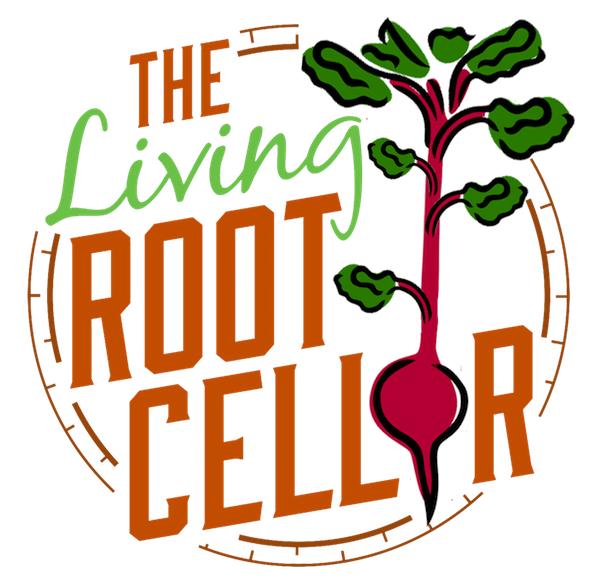Frequently Asked Questions
How is The Living Root Cellar’s cold-press juice made?
We use a two (2) step process where:
1.) Raw produce is shredded to a small particle size, then
2.) Pressed via high hydraulic pressure in a filter bag to release the juice. Juices are then blended and bottled immediately. This process is natural and does not add heat. Industry studies show that this method maintains active enzyme activity and nutrient integrity best. It is simple, pure, and as natural as you can get.
What type of machine is used?
We use the industry’s first sanitary certified cold-press (high-pressure hydraulic) juicer. Your juice only contacts stainless steel and food grade plastics. Many other cold-press juicing facilities use painted, carbon steel machines that are unsafe and can be unsanitary.
Where does LRC buy its produce for juicing?
We buy raw, fresh organic produce from local wholesalers for all our fruits and vegetables. We buy oranges from Old Grove Orange, a Redlands farm. If we are unable to source organically, we source from local farmers who farm cleanly and sustainably (which is often at a higher standard than what is required for organic certification). We always source organically those items identified on the “Dirty Dozen” list. We are continually striving to support our local farming communities.
How long will the juices keep?
In terms of shelf-life, the length of time our juices stay fresh is directly related to three factors: oxidation during juicing, anti-oxidant potency of the juice blend, and the temperature in the refrigerator. Once juice is extracted, it is just minutes before it is bottled and refrigerated so oxidation during this process is minimal. Anti-oxidant potency in juice is determined by the natural occurrence of anti-oxidants in the produce being juiced. The greater the anti-oxidant potency and the colder the temperature, the longer a juice will stay fresh. In general, most of our juices will stay fresh for 5-10 days if kept at 35 to 40 degrees Fahrenheit. The juices with a higher anti-oxidant content may last as long as 15-20 days if kept cold. Juice blends with a higher naturally-occurring sugar content will spoil quicker, especially if not kept cold.
How much nutrition is lost from cold-pressed juicing?
Cold-pressing raw produce squeezes the juice out, leaving the pulp, therefore the only nutrient lost is fiber.
What factors affect the nutritional potency of cold-pressed juice?
The extracted juice is a concentrated liquid of pure vitamins, minerals, enzymes and other phytonutrients from the plant. Having said that, fresh juices are only as nutrient dense as the produce they’re made from, so if you want the freshest juice possible, you must select the produce at the peak of ripening and juice the same day you pick the fruit or pull the plant from the ground.
Do live enzymes degrade after juicing?
Some sources say enzymes begin to degrade after only 20 minutes from time of juicing due to oxidation, other sources say enzyme deactivation only begins to occur when temperatures exceed 118 degrees Fahrenheit. Nothing we do generates that kind of heat, and we bottle our juices within 20 minutes from extraction, so you can rest easy knowing you’re consuming the best you can get.
Does oxidation destroy any nutrients?
From the moment fruits and vegetables are harvested, they begin to spoil via slow oxidation. Juicing increases the exposure of the plant cells to oxygen and this is what destroys some of the nutritional value of juice. But by bottling the liquid as soon as the juice is extracted, we are able to slow the oxidation process significantly due to there being little to no air (oxygen) in the bottle to oxidize the juice and thereby retaining most of the nutrition. Compared to other forms of juicing (blenders, extractors, etc.) or processed juices, our cold-pressed juices give you the freshest, most nutrient dense juices anywhere.
Does LRC use any additives or preservatives in the juice?
We do not add anything to our juices but juice (the clear liquid you see before shaking the bottle is the water naturally-occurring in the fruits or vegetables). To slow down the oxidation process even more, we include orange, lemon or lime juice in some of our juice blends as these have natural preservatives (citric acid) that function as anti-oxidants.
How are the fruits and vegetables washed?
We wash all our own vegetables and fruits by hand and don’t use chemical cleaners. We pay attention to detail and do not rely on machines.
